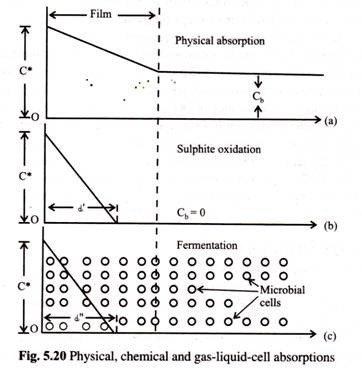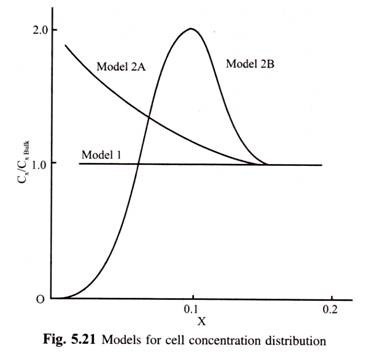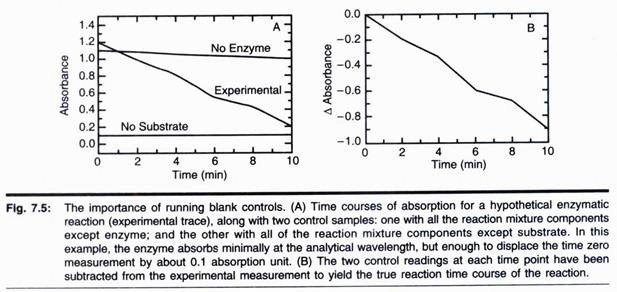ADVERTISEMENTS:
Conjugated proteins are proteins that contain non-protein constituents or prosthetic groups. The prosthetic groups are permanently associated with the molecule, usually through covalent and/or non-covalent linkages with the side chains of certain amino acids.
Conjugated proteins can be divided into three major classes:
(1) Chromo proteins
ADVERTISEMENTS:
(2) Glycoproteins
(3) Lipoproteins, and
(4) Nucleoproteins.
1. Chromo proteins:
ADVERTISEMENTS:
The chromo proteins are a heterogeneous group of conjugated proteins related to each other only in that they all possess color. The hemoglobin’s, myoglobin’s, and other heme-containing proteins such as the cytochromes and hemerythrins belong to this group. The prosthetic groups of the chromo proteins, such as the heme groups of hemoglobin and the cytochromes, are bound to the polypeptide portion of the molecule through a combination of covalent and non covalent bonds.
2. Glycoproteins:
Glycoproteins are proteins that contain various amounts of carbohydrate. A number of very important proteins fall in this class, including many of the blood plasma proteins and a large number of enzymes and hormones.
The surfaces (i.e., plasma membranes) of most cells also contain quantities of glycoproteins, and these molecules serve there as antigenic determinants and as receptor sites. Virtually all of the carbohydrate that is present in red blood cells occurs as membrane glycoproteins. Although more than 100 different sugars (or mono-saccharides) are known, only about nine occur as regular constituents of glycoproteins (Table 4-5).
The amount of carbohydrate present in glycoproteins varies from less than 1% of the molecule’s total molecular weight to more than 85% (Table 4-6). For example, in egg white ovalbumin (molecular weight 45,000), there is only one monosaccharide per protein molecule, whereas in mucin (a secretion of the salivary glands having a molecular weight of about 1 million), about 800 mono-saccharides are present.
The carbohydrate moieties of glycoproteins are usually bound to the protein through covalent bonds with either asparagine, threonine, hydroxylysine, serine, or hydroxyproline (see Fig. 4-26). The carbohydrate bonded at each site of the protein may consist of a single monosaccharide unit (as in Fig. 4-26) or a linear or branched chain of several mono saccharides (called an oligosaccharide), as depicted in Figure 4-27.
3. Lipoproteins:
Lipid-containing proteins are called lipoproteins. This class includes some of the blood plasma proteins’ and also a large number of membrane proteins. The lipid content of lipoproteins is often very high, accounting for as much as 40 to 90% of the total molecular weight of the complex.
In lipoproteins, the amount of lipid present markedly affects the density of the molecule, and this property is often used as the basis for lipoprotein classification. Whereas un-complexed proteins have a density in water of about 1.35, lipoproteins vary in density down to 0.9 (i.e., a lipoprotein may be less dense than water).
The interactions between the lipid and protein portions of a lipoprotein usually involve similar functional groups. For example, the hydrophobic portions of fatty acids, glycerides, sterols, and the like (see Chapter 6) form van der Waals interactions with the hydrophobic side chains of the nonpolar amino acids. Covalent bonds are believed to occur between the phosphate moieties of certain phospholipids and the hydroxyl-containing side chains of amino acids like serine.
ADVERTISEMENTS:
4. Nucleoproteins:
In eukaryotic cells, specific proteins called nucleoproteins are found intimately associated with nuclear DNA. Also, in prokaryotes as well as eukaryotes, ribo- nucleoprotein complexes (i.e., protein complexed with RNA) occur. These proteins are not usually classified with the conjugated proteins, because the nucleic acids involved cannot be regarded as prosthetic groups.
Two types of proteins have been identified in nucleoproteins, the histones and non-histones. His- tones have a rather restricted amino acid composition (containing about 25% arginine and lysine) and are quite similar in all plant and animal cells.
Their highly basic nature accounts for the close associations they form with the nucleic acids and lends credence to the notion that they are involved in the tight packing of DNA molecules during the condensation of chromatin (i.e., chromosomes) that precedes mitosis.
ADVERTISEMENTS:
The non-histones are considerably more heterogeneous in amino acid composition and have acidic properties. There is much evidence to suggest that by selectively combining with certain stretches of nuclear DNA, the non-histones are involved in the regulation of gene expression.



